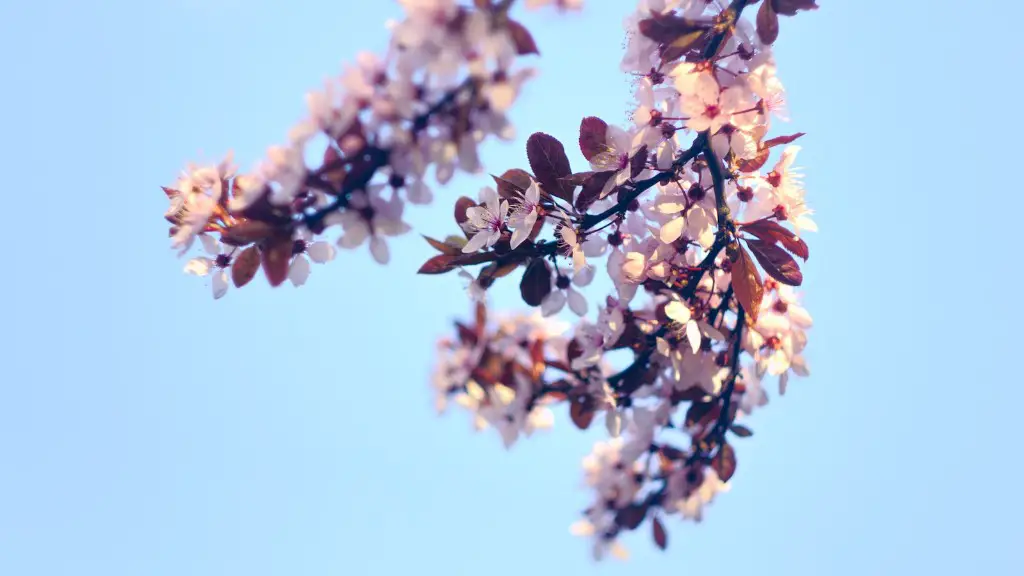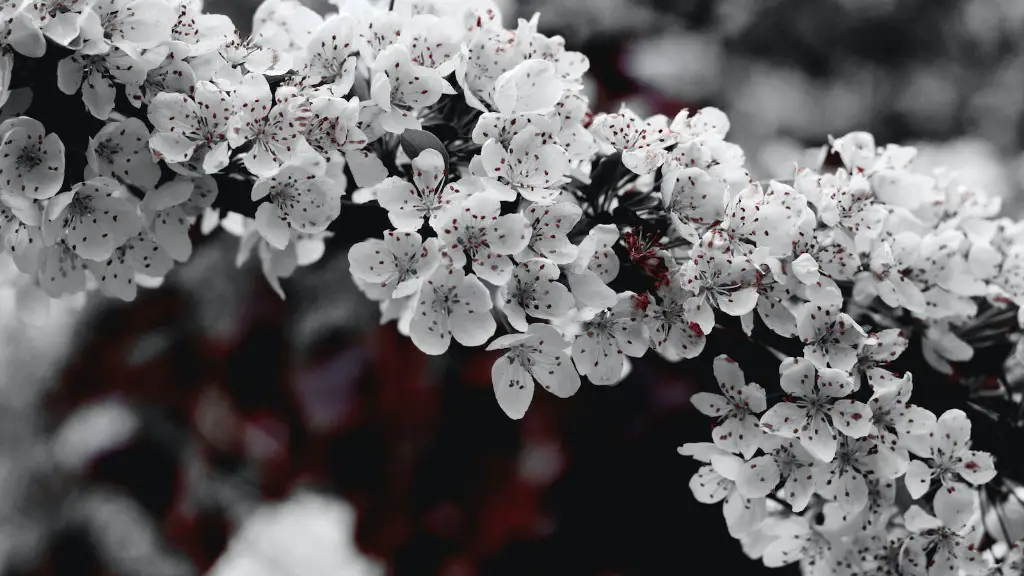Early Pruning
Pruning a cherry tree too soon in the season can have an adverse effect on the production of fruit. Pruning should only be done when the tree is dormant, from late autumn to early spring. Removing live branches from the tree during the summer months can inhibit fruit production because the tree needs to put energy into the leaves and the buds for fruit production. It is generally recommended to prune a cherry tree between late winter and early spring, though an exact date will be dependent on the local climate and weather patterns.
Tools and Techniques
When pruning a cherry tree, the right tools are necessary to ensure a good result. Secateurs should be used to trim small twigs and branches that are 1.5cm or smaller in diameter and a pruning saw should be used on larger branches. Pruning technique should also be taken into consideration and sharp scissors should be used to make clean cuts close to the intersection of the branch and the trunk. This will help to ensure that the wound healing process progresses properly and quickly, preventing damage or infection to the tree.
Crown Shaping
When pruning a cherry tree, it is important to evenly distribute the pruning cuts all around the crown of the tree. While pruning, one should take notice of the number of scaffold branches and the direction of growth. This will help to maintain a vase-shaped canopy, allowing for better light penetration and more even distribution of available nutrients. It is also important to remove crossing and rubbing branches, as well as any dead, diseased, or damaged branches.
Regular Maintenance and Pruning
Regular maintenance and pruning of a cherry tree is key to producing a beautiful tree and a healthy crop of fruit. Pruning and thinning off excess shoots should be done every year to reduce overcrowding, encourage new growth and promote fruit production. When thinning or pruning, it is best to keep the top of the tree slightly wider than the bottom of the tree to allow light and air to penetrate to all parts of the tree.
Removing Unwanted Growth
In order to promote larger, sweeter cherries, pruning also helps to remove unwanted growth such as suckers or water sprouts. Suckers are shoots that grow from the roots of the tree and although they will flower and produce small unappetising fruit, they will take up energy and resources that should be directed towards the healthy wood on the tree. Water sprouts are shoots that form on the trunk and, for the same reason as suckers, should be removed to direct energy to more productive parts of the tree.
Tree Care After Pruning
After pruning a cherry tree, it is important to take care of the tree by providing proper irrigation and mulching. Trees that are properly watered are more resistant to disease and are better able to withstand environmental stressors. Mulching is also very important as it helps to reduce evaporation from the soil as well as helping to control weeds. Both of these elements are important to ensure the health of a cherry tree, particularly when it is dormant.
Removing Vertical Shoots
When a cherry tree’s canopy is too dense, it can cause poor circulation and result in weak, stunted branches. Pruning during the dormant period helps to reduce canopy density and get rid of any vertical shoots or branches that are not producing fruit. Removing these shoots when the tree is dormant helps to ensure that the energy and resources of the tree are used to promote stronger, more productive branches and better fruit production.
Dormant versus Growing Pruning
Pruning during the dormant period can help to encourage and promote more effective fruit production. Dormant pruning helps to reduce the amount of energy used by the tree for growth and instead directs that energy towards the production of healthier flowers and fruit. Pruning during the season when the tree is actively growing can promote new growth which can take away energy and resources from the production of flowers and fruit.
Corrective Pruning
Corrective pruning is a technique used to improve the overall structure of the cherry tree. This should be done when the tree is dormant and involves the removal of branches that are too large, too densely clustered, and not in balance with the existing structure of the tree. Corrective pruning is especially effective for trees that have been over-pruned in the past and can help to restore a healthy and productive balance to the tree.
Preventative Pruning
Preventative pruning is another important technique used in the care and maintenance of a cherry tree. This technique should be used to remove weak, diseased, or dying branches before they become a problem. It is also used to reduce the weight of the tree and help to prevent it from being damaged in bad weather. By removing weaker branches that are more likely to be damaged, the tree’s natural shape and balance is maintained.
Artificial Pruning as a Last Resort
In some cases, artificial pruning can be used to promote healthy fruit production and remove dead or diseased foliage. Artificial pruning involves the use of girdling and chemical pruning agents to help promote healthy production. While these methods can be effective, they can cause more damage than good so they should only be used as a last resort when all other pruning techniques have been exhausted.

